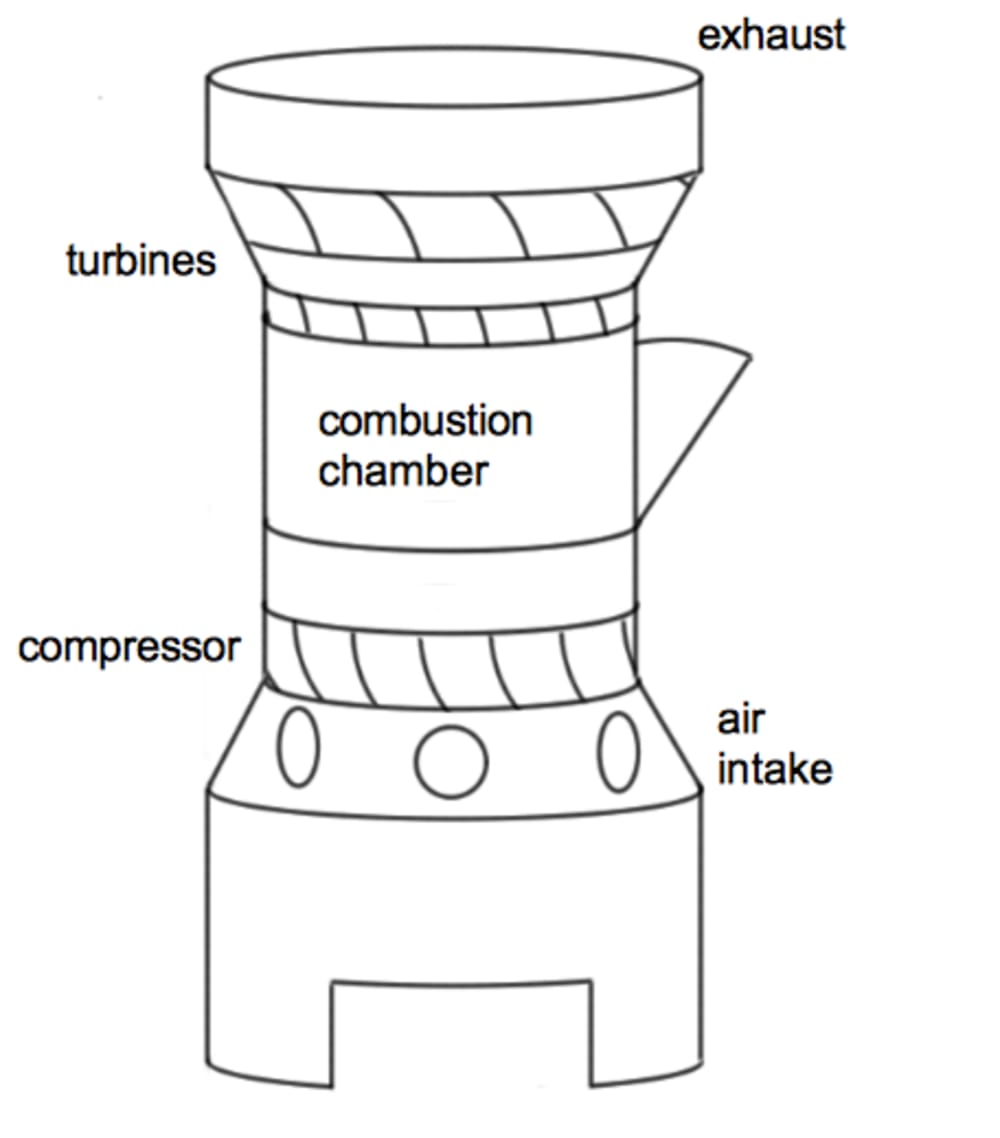What problem does your design idea solve?
Developing regions and crisis areas produce a significant amount of municipal solid waste (MSW) but lack the infrastructure and central organization to process said waste. Technology and communications present a need for electricity in the same regions. The µW2E provides a decentralized means to both process MSW and simultaneously create electricity.
How is your idea novel or an improvement on what is currently available in the marketplace?
The µW2E utilizes simple technologies with few moving parts. It is lightweight, has a small footprint, and requires low maintenance. The µW2E can incinerate both organic and inorganic material. No other product unites the small-size, flexibility, and simplicity of the µW2E.
How does your design work?
The µW2E is about the size of 2 standard pallets; pre-combustion can be performed with solid, liquid or gaseous igniters and converts the MSW into electricity. The key concept is the combination of a high firing temperature and the direct transmission of combustion energy into electricity via a gas turbine in the exhaust plume. To increase the burn temperature, a compressor is incorporated in the intake. Compression, combustion and exhaust all take place in a single stack, with stators supporting the vortex within the stack. The exhaust turbine shaft is connected to a generator, which provides electricity directly to the consumer or stores it in the integrated batteries.
Where would this idea be applied?
The µW2E brings the MSW processing to the source of MSW, the villages, towns, camps and municipalities of developing regions or crisis areas.
How would the production cost compare with products already in the marketplace?
A central requirement for the µW2E is to ensure low production costs. Production costs are kept low by incorporating as much standard technology into the product as possible. Current production cost estimates are less than $1000/unit, a fraction of the investment needed to build a usual wast incineration plant.
What is the market potential?
Currently over 170,000 tons of MSW are created daily in the African continent with over 440,000 tons per day forecasted for 2025. Less than half of the MSW is controlled, at a current cost of $21.6 billion, forecasted to increase to $91.8 billion in 2025. The high cost to MSW ratio is largely due to the limited infrastructure already available in developing countries. By decentralizing the waste processing, the µW2E can significantly lower municipal costs while increase the amount of waste processed.
What are the potential benefits?
The µW2E will improve the quality of life for millions of people by reducing environmental pollution, reducing health risks to people and livestock. The µW2E will provide an alternative and autonomous supply of electricity, simultaneously saving other combustible natural resources. The µW2E will reduce the cost of waste management and support locally driving initiatives and small businesses. The µW2E utilizes the potential of MSW to create electricity and reduce the environmental hazards of uncontrolled MSW.
Like this entry?
-
About the Entrant
- Name:Marcus Seiler
- Type of entry:teamTeam members:Loyal MacMillian Marcus Seiler
- Patent status:patented

